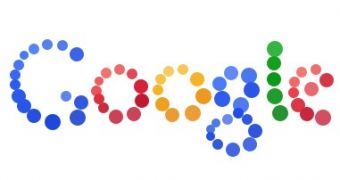Google has provided a (long) list of search updates that it implemented in March. It's becoming a tradition now and more transparency is certainly welcomed by webmasters and SEOs. Of course, just because Google lists some of the things it's done in the past month, 50 or so, it doesn't mean that you'll understand what it means or how the changes work.
While there are many updates, several of them can be grouped together. For example, there were plenty of changes to the way news is ranked and grouped.
One interesting addition is that Google now indexes popular symbols. Punctuation marks and symbols are generally ignored by Google, but they are relevant in many situations.
Google now indexes and provides results for “%”, “$”, “\”, “.”, “@”, “#”, and “+”. The change should prove a boost for Twitter, which uses @ and # extensively, but also for Google+ and the +1 button.
On the same note, Google is now also providing suggestions that contain several symbols, “+”, “-”, “*”, “/”, “^”, “(“, “)”, and “=”.
News searches seem to have gotten a lot of attention in the last month. Changes were made to the way Google groups stories that are on the same subject and to the way they are ranked within the group.
The News OneBox, or universal results, has gotten a refresh "by providing more results from the top cluster, unifying the UI treatment of clusters of different sizes, adding a larger font for the top article, adding larger images (from licensed sources), and adding author information."
Google has also improved the way it finds local sources for news, by removing a signal designed specifically for this and adding functionality to several other signals to replace it.
Image search has gotten several improvements, for example, high quality images may rank better even if the page they're on is not of particularly high quality. At the same time, it's also boosting "reasonably sized" images if they are on high-quality landing pages.

 14 DAY TRIAL //
14 DAY TRIAL //